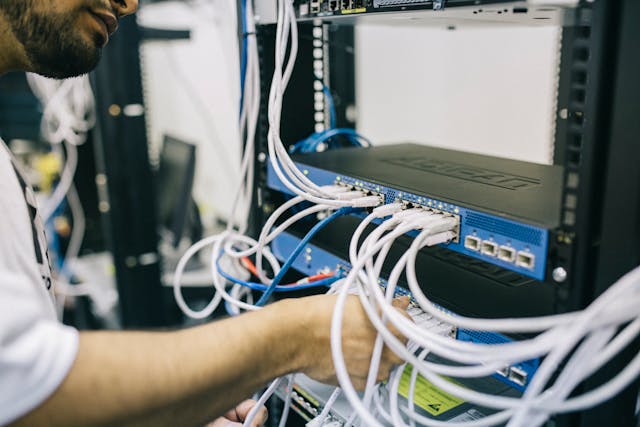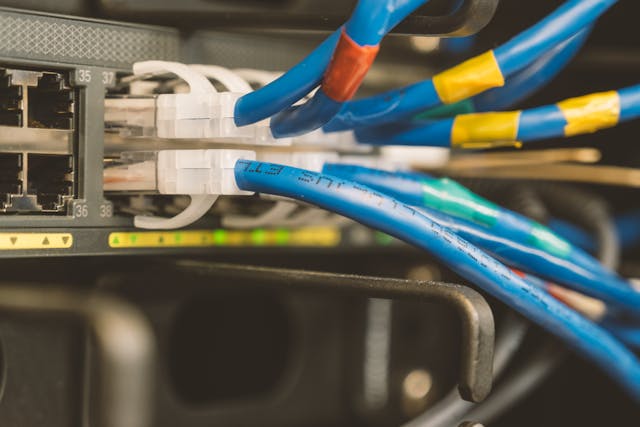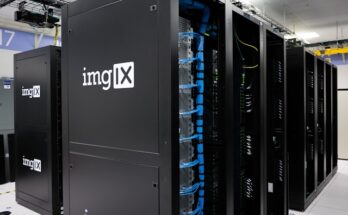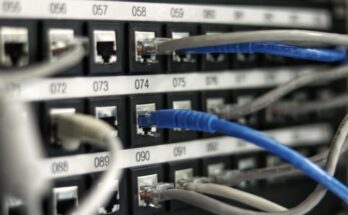Selecting the right infrastructure cabling for your company is a critical decision that profoundly affects your operations and future growth. Within the competitive landscape of Australian businesses, the importance of making an informed choice cannot be overstated. This guide will walk you through the essentials of infrastructure cabling, shedding light on the key factors that should guide your decision-making process.
Infrastructure cabling might seem daunting at first, but essentially, it’s the hidden network that powers your data’s flow, from routine emails to crucial video conferences. Understanding the nuances between the main types of cabling, copper and fibre optic, is the first step toward tailoring your business’s infrastructure to its current needs and future ambitions.
The Basics
It sounds complex but think of it as the secret tunnels where all your data runs, from emails about the next staff party to crucial client video calls. There are two main players in this story, copper cabling, the seasoned veteran, and fibre optic, the flashy newcomer with speed to burn.
Understanding Your Business Needs
Assessing Current and Future Data Demands
Your business isn’t static, it’s either sprinting ahead or scaling up. Evaluating how much data you currently shuffle around, plus your grand plans, will give you a clear picture of what cabling your future empire needs.
The Role of Your Physical Environment
Got a cosy Melbourne café or a sprawling Sydney office space? The layout and environmental quirks of your Aussie business location can hugely influence your cabling choice. Long distances and our loveable Aussie heat can play havoc with certain types of cabling.

Copper vs Fibre Optic: The Great Debate
Speed and Capacity
Copper cabling might be the tortoise to fibre optic’s hare in the speed race, but don’t count it out just yet. While fibre optic boasts lightning-fast data transmission, perfect for heavy lifting, copper still holds its own for smaller, less data-intensive operations.
Distance and Reliability
Australia’s vast landscape means distance is a genuine concern. Fibre optic signals stay strong over longer distances, making them a go-to for businesses spread far and wide. Copper, however, might struggle to keep up without some help along the way.
Cost Analysis
Upfront, fibre optic might make your wallet wince, but it’s an investment. Its durability and higher capacity could save you cash in the long run. Copper might be kinder to your initial budget, but consider whether it’ll meet your future needs without costly upgrades.

Special Considerations for Australian Businesses
Compliance and Standards
Navigating the maze of Australian standards and regulations for data cabling installation can be a headache. Ensuring your setup complies with national standards is crucial to avoid legal and operational hiccups down the line.
Local Challenges and Solutions
From the remote reaches of the Outback to our bustling coastal cities, local challenges like accessibility and climate can influence your cabling choice. Tailoring your infrastructure to meet these challenges head-on is key.
Working with Professionals: Finding Your Cabling Partner
This isn’t a DIY project. Partnering with seasoned pros who get the unique landscape of Australian business can make all the difference. Look for those with solid credentials, a wealth of experience, and glowing reviews from other local businesses.




